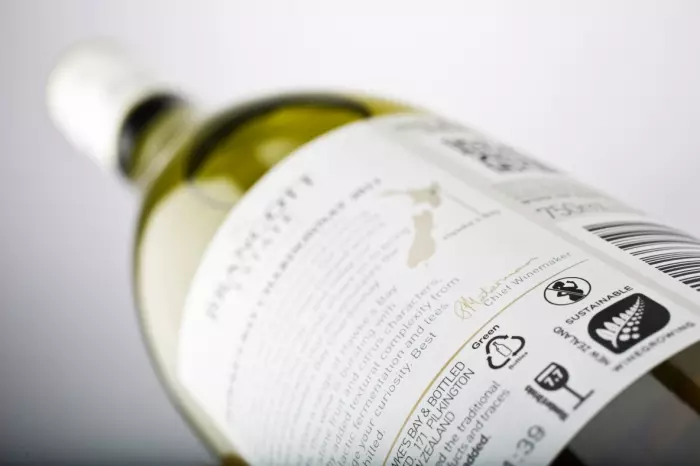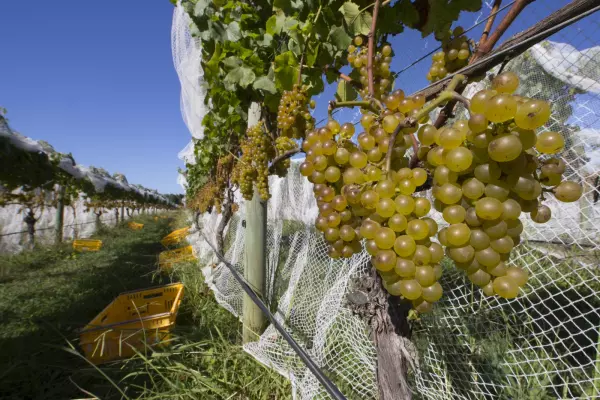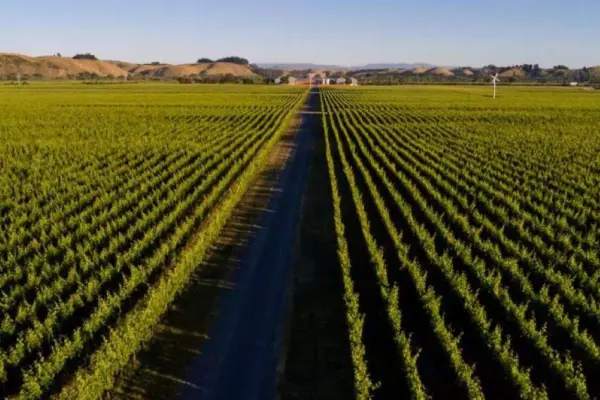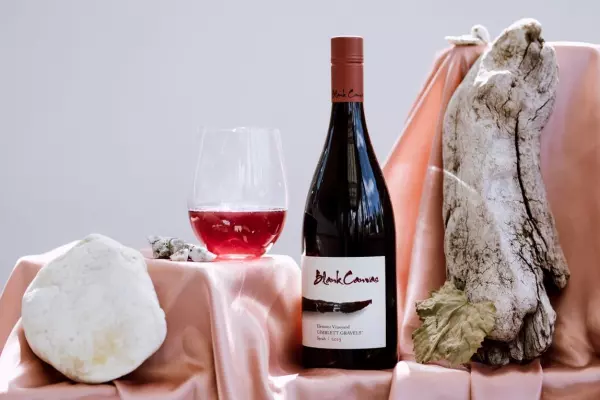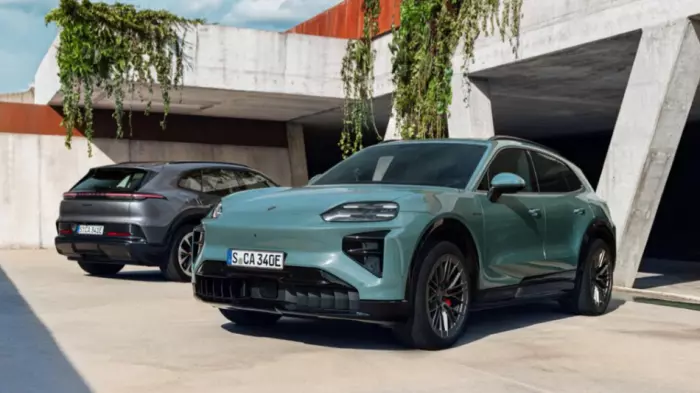Do you read the back labels on wine bottles? They are an increasingly crowded source of information, some of which may be helpful when you are trying to make a buying decision.
Nine main rules (soon to be 10) govern the labelling of wine for sale in New Zealand. They are set by the Food Standards Australia New Zealand statutory authority, and in this country are policed by the Ministry for Primary Industries.
They fall into two categories: “mandatory information” that must appear on labels, and “optional information”.
Mandatory information
- Product name: The label must include a name or description that indicates the true nature of the wine, such as “wine”, “sparkling wine”, or a generic name such as “tawny”.
- Country of origin: If the wine includes a blend of two or more countries then those countries must be shown.
- Alcohol: The alcohol by volume must be shown, with a tolerance of plus or minus 1.5% (fortified wine has a tolerance of plus or minus 5%).
- Net contents: The label must include a statement of the net contents, expressed as litres, decilitres, centilitres or millilitres. This must be at least 2mm in height and stand out from the background colour.
- Producer: Must include the name and business address of the supplier.
- Sulphite declaration: If a wine contains more than 10 milligrams per kilogram of sulphur dioxide, it must include a sulphite declaration such as “contains sulphites”.
- Allergen declaration: Wine labels must include an allergen declaration if milk, milk products, egg, egg products, fish products (except for isinglass) or other allergens are present in the wine.
- Standard drinks: A wine label must include a standard-drinks declaration. A standard drink is the amount of wine containing 10 grams of ethanol measured at 20°C.
- Lot identification: A wine must include a "lot" identification on the label or bottle unless it comes from just one bottling run, in which case there is no need because the lot’s identification is self-defined. (If you notice that a wine tastes different from when you last tasted it, it might have come from a separate batch. Check to see if the label has a lot number. Does it match with the lot number on the earlier wine?)
- Pregnancy labelling: From Aug 1, all wine with more than 1.15% alcohol by volume will have to carry a pregnancy warning.
Optional information
What wine labels cannot do
- Carry health claims.
- Encourage excessive consumption.
- Have special appeal for minors.
- Suggest it is low in alcohol, or non-intoxicating.
- Mislead or deceive consumers.
Other noteworthy points
Grape variety synonyms
- Pinot noir can be abbreviated to “pinot”. Pinot gris cannot.
- "Cabernet" can be used as a synonym for cabernet sauvignon but not for cabernet franc or a blend of cabernet sauvignon and cabernet franc.
- If a wine is labelled “sauvignon gris” then at least 85% of that wine must have been made from sauvignon gris grapes.
Single vineyard
- If the label suggests that the wine has been made from grapes grown in a single, named vineyard then 100% of the grapes should be exclusively sourced from that vineyard.
The 85% rule
- When a wine claims to be from a single variety, vintage or area then at least 85% of the wine must be from that variety, vintage or area.
- Blended wines must have 85% from the stated variety, vintage or area.
- Combination claims: the combination referred to must be at least 85% of that wine. For example, if a label states that the wine is a "2020 Marlborough Pinot Noir", then 85% of the wine must be from pinot noir grapes grown in Marlborough in the 2020 vintage.
- Where a label refers to more than one grape variety, more than one vintage, or more than one geographic area, these must be presented in descending order of proportion in the blend. Using "chardonnay chenin blanc" as an example, as well as such a wine needing to meet the 85% rule, it must have a greater proportion of chardonnay than chenin blanc in the blend.
- A label must not include a claim about grape variety, vintage or area of origin if it contains a greater percentage of wine from another grape variety, vintage or area of origin that is not referred to by that label. For example, a wine that contains 75% cabernet sauvignon, 15% pinotage and 10% merlot could be referred to as a "cabernet pinotage" or a "cabernet pinotage merlot" but not as a "cabernet merlot".


